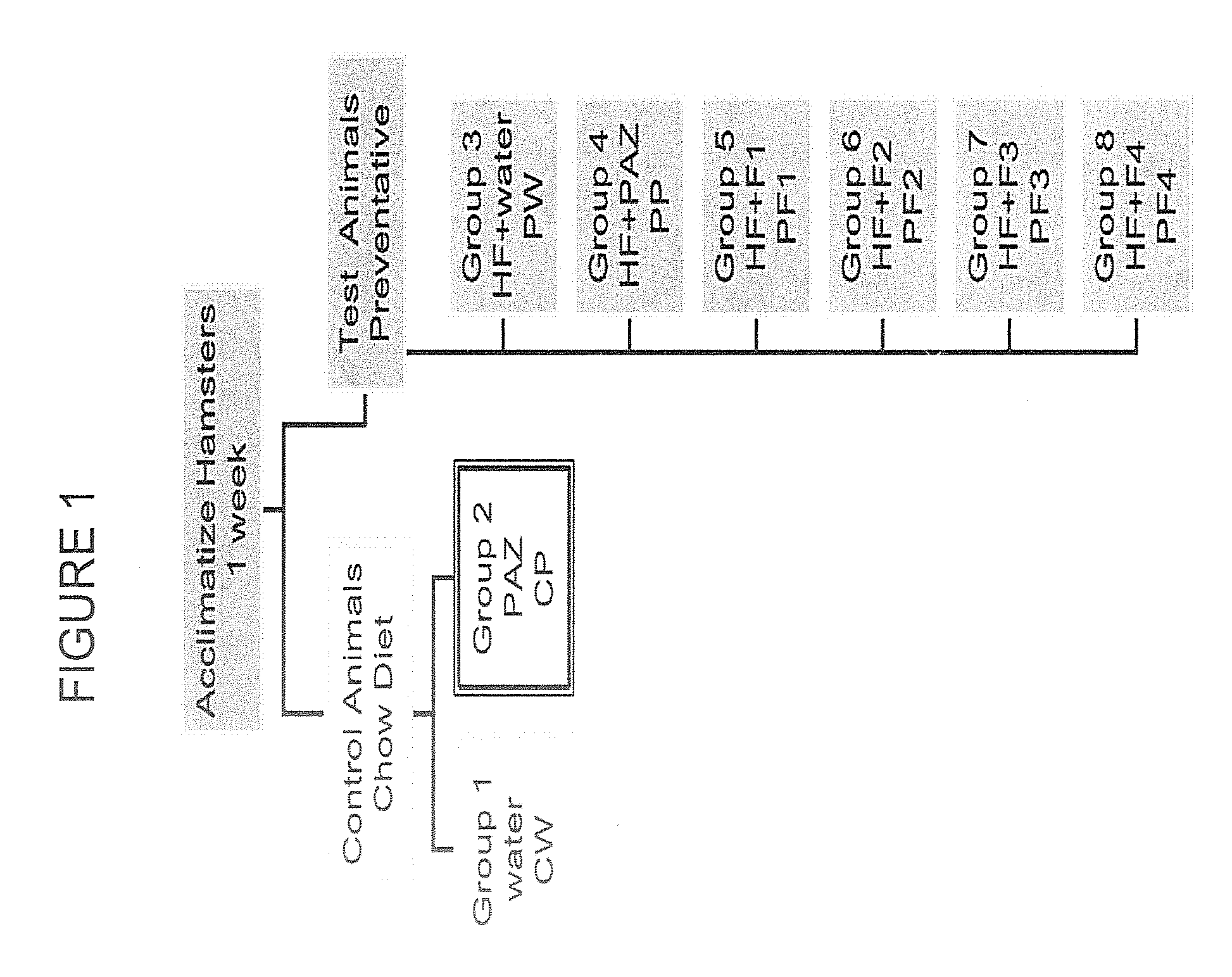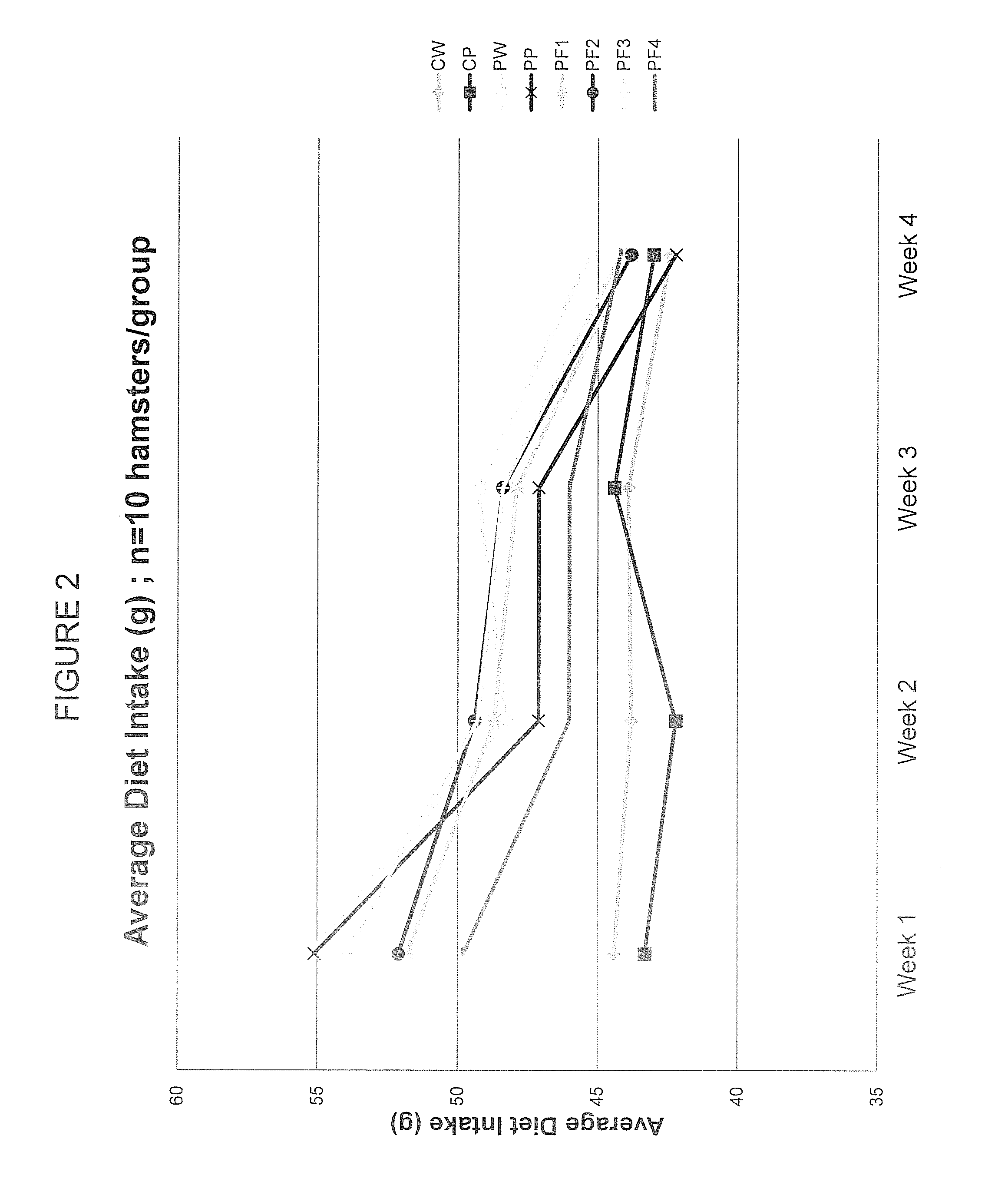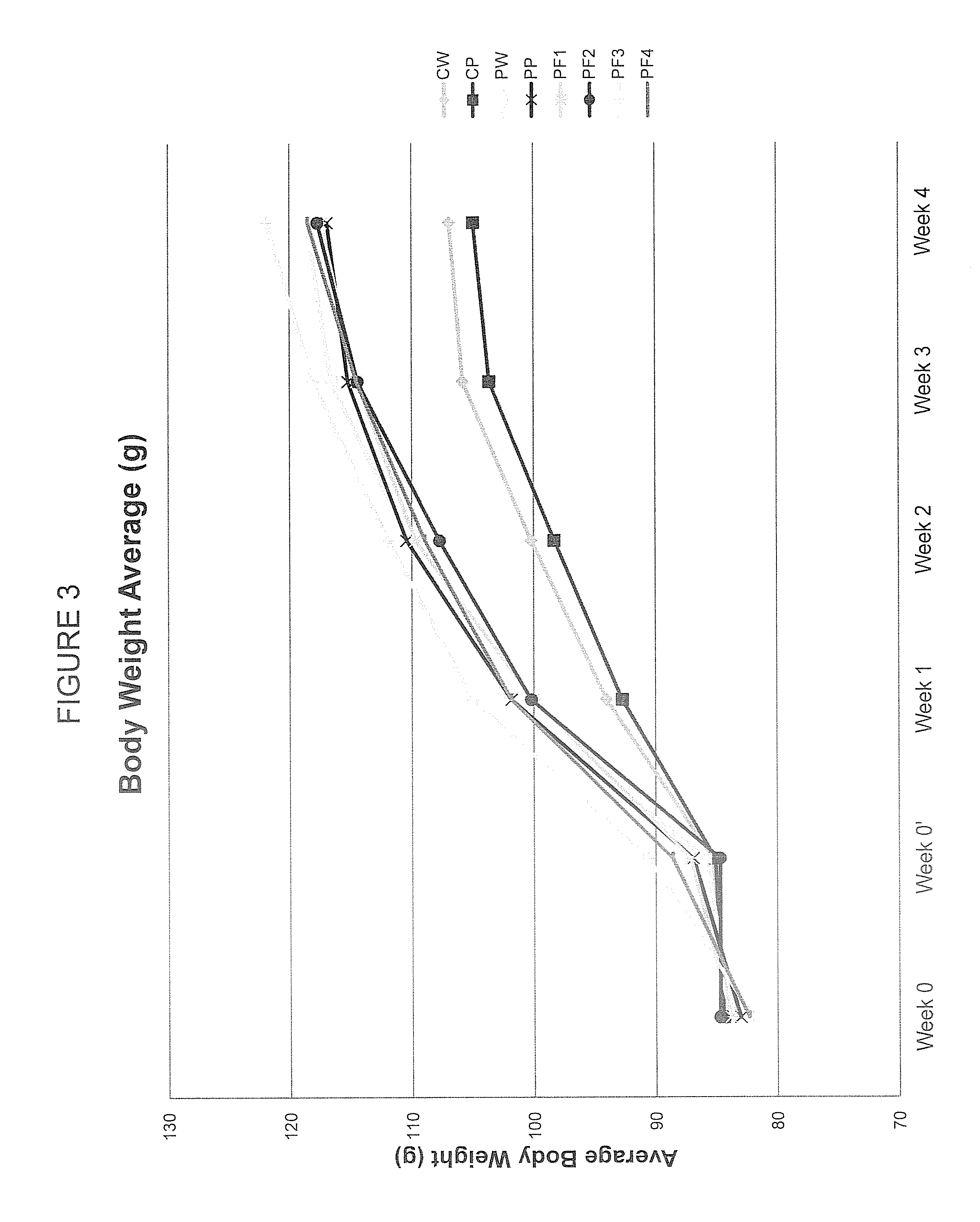Agents and mechanisms for treating hypercholesterolemia
a technology of hypercholesterolemia and agents, applied in the field of algae extracts, can solve problems such as damage to heart cells, heart disease can develop, cardiovascular diseases, etc., and achieve the effect of lowering cholesterol levels and altering cholesterol metabolism
- Summary
- Abstract
- Description
- Claims
- Application Information
AI Technical Summary
Benefits of technology
Problems solved by technology
Method used
Image
Examples
example 1
[0077]The specific aim of this experiment was to employ chromatographic techniques separate the complete PAZ culture filtrate into fractions based on the chemical and physical properties of its components in order to (a) determine if the biological activity required the complete complex mixture or was due to one or a few of its components, (b) evaluate the biological activity of each of the PF fractions derived by this process in both in vitro (cell culture) and in vivo (hamster) experimental model systems.
[0078]Materials and Methods
[0079]The following assay kits were used for the plasma cholesterol analysis:
[0080]From Pointe Scientific:
[0081]Cholesterol Liquid (C7510—for plasma total cholesterol)
[0082]Triglyceride GPO Liquid Reagent set (T7531—for plasma TG)
[0083]HDL / Cholesterol Mg / Dex (H7507—for plasma HDL by Magnesium precipitation)
[0084]From Wako:
[0085]Free Cholesterol E (435-35801)
[0086]Phospholipids C (433-36201)
[0087]ProAlgaZyme™ was separated into subfractions.
[0088]F1: weak...
example 2
[0114]This example details the qualitative analysis of the effects PAZ filtrates PF4 and PF3 have on the enzyme activity of cholesterol metabolizing enzymes Cholesteryl ester transfer protein (CETP), Phospholipid transfer protein (PLTP) and HMG-CoA Reductase (HMGR).
[0115]Procedure:
[0116]CETP and PLTP Assays:
[0117]CETP Inhibitor Drug Screening Kit (Catalog #K602-100) and PLTP Inhibitor Drug Screening Kit (Catalog #K602-100) were obtained from BioVision Research Products (Mountain View, Calif.). The enzyme assays were carried out according to the manufacturer's instructions. Briefly, 160 μl of deionized (DI) water, PF4 (undiluted) or PF3 (diluted 1:10 in DI water) was dispensed into wells of a black 96-well microtiter plate. Varying volumes of control rabbit serum (source of CETP and PLTP) were then added to the wells. Some wells did not receive serum and served as background fluorescence (blank) controls. A Master Mix consisting of 1 part Acceptor Molecule solution, 1 part Donor Mole...
example 3
[0136]One specific aim was to explain the more beneficial plasma lipid profile (lower TC, higher HDL) effected by feeding complete PAZ (PP) and fraction 4 of PAZ (PF4) to hamsters at the same time as a high fat diet (i.e. preventative model). Evaluation was therefore performed of the levels of expression of the genes involved in HDL metabolism of ApoA1, ABCA1, SR-B1, and CETP in tissues collected from hamster livers that were harvested after 4 weeks of the preventative protocol employed in Example 1. Another specific aim was to evaluate the effect of PAZ and its fractions on HDL gene regulation in vitro employing either HepG2 and HUVEC cell systems (data not shown). In this example, data is shown from five animals / groups with three replicates per animal.
[0137]FIG. 13 illustrates major components of the reverse cholesterol transport pathway and other sites of HDL action on the pathogenesis of atherosclerosis factors. ApoA1 is involved in the production of nascent HDL particles. ABCA1...
PUM
 Login to View More
Login to View More Abstract
Description
Claims
Application Information
 Login to View More
Login to View More - R&D
- Intellectual Property
- Life Sciences
- Materials
- Tech Scout
- Unparalleled Data Quality
- Higher Quality Content
- 60% Fewer Hallucinations
Browse by: Latest US Patents, China's latest patents, Technical Efficacy Thesaurus, Application Domain, Technology Topic, Popular Technical Reports.
© 2025 PatSnap. All rights reserved.Legal|Privacy policy|Modern Slavery Act Transparency Statement|Sitemap|About US| Contact US: help@patsnap.com



